Improve Mindfulness and Social Emotional Learning in Kids with these Top 7 Mindfulness Must-haves
by Dr. Nadia
How different would your life be with less tantrums and meltdowns?
Would you like to effectively communicate with your child during times of big emotions while maintaining your own calm?
Would you like to stop yelling at your child and/or putting them in time outs that don’t really help?
How would you like to be able to travel more, go out to restaurants, sports events, and enjoy other activities without resorting to the ipad or tablet?
What if you could help your kids even as young as 9 months old to be more self aware and have better emotional regulation?
Though it may seem too good to be true, the answer to these questions can be found through mindfulness skills and social emotional learning. The beauty of these skills are that they can be taught at any age. In fact, the earlier, the better!
This post may contain sponsored products and/or affiliate links, which means I may earn a small commission with no extra charge to you if you purchase through my links. See disclosure for more information.
The Mindfulness Mindset
As a mindful parent, you know that your kids are individuals who grow and develop at their own pace. There’s no one-size-fits-all story.
As parents, we are our kids’ role models, emotional coaches, teachers. For better or worse, we make an impact on the lives of our children.
Read more on the parental effect on a child’s self esteem, how mindfulness helps the parenting experience, and how parental expectations affect experiences.
After we are in the mindset of mindfulness, how can we help our kids with emotional intelligence and regulation of their social and emotional skills?
Teaching Mindfulness to Kids
Mindfulness is the practice of acknowledging and accepting thoughts and feelings in a nonjudgmental manner. It is a skill that can be developed and practiced at any age.
As with any skill or talent, the sooner we can help our children learn something, the better they are at it. In the case of social emotional learning, these are skills that benefit everyone–the child, the parents, teachers at school, friends, etc.
This all sounds great, you may be thinking. But how am I supposed to help my child learn abstract concepts like mindfulness and social emotional learning if he can’t even speak well or tell me what he wants without a tantrum?!
How to Get Kids to Listen and Learn
As a pediatrician to many and mom of two strong-willed kids, here’s the deal:
- Kids are active, imaginative, playful.
- Attention spans are short because everything is equally exciting to them– from pebbles on the ground to water from the faucet to empty containers to cardboard boxes or the latest toy.
- Kids need context in order to form concepts.
- Time does not mean the same thing to kids as it does for adults. What does “hurry up, we’ll be late” even mean to them? They have no context and, therefore, no concept.
- Receptive language skills (ie. understanding what you are saying) occurs early whereas expressive skills (ie. talking and language) comes later. This is why your child will still follow directions or get the toy you ask them to bring even if she can’t pronounce the words.
To keep their interest and attention and make it less stress for you, these childhood truths must be honored. In fact, you can utilize these truths to make life easier for you and your family.
Read more on mindful parenting tips to start today.
Expert tip: Combine playfulness, creativity, fun, and movement in short bursts of time. These result in positive experiences for both kids and parents.
Yes, there are plenty of ways to parent. If you have a style that works for you and your family, that’s awesome! No need to change it.
However, if you’re experiencing more stress and anxiety than you’d like, then a mindful parenting approach can help. I’m all about making things easy and fun so I love this approach.
7 Mindfulness Must-Have for Kids
There are some amazing products, books, and games that teach these important skills through play based learning. After much research and product testing, my top 7 mindfulness products to help you and your child tune in to yourselves, acknowledge and identify complex emotions, and effectively and positively deal with them.
- Time In Toolkit
Though time outs may work for some people, the rest of us find that time-outs for the child may or may not temporarily stop the offending behavior but usually causes more parental stress as we have to now handle an even a bigger melt-down. And the kid goes back to the behavior that put them in time out in the first place.
Why?
Because young kids are not able to process complex abstract concepts by themselves until they are much older due to immaturity of the prefrontal cortex, the area of the brain responsible for emotional modulation and regulation.
As I discussed in The Washington Post and Parents, there are other ways to positively handle tantrums and help the child learn from the experience. Instead of a time out, try a time in.
Time ins can help your child identify and work through the complex emotions in a healthy way.
Generation Mindful has an amazing Time In Toolkit.
The toolkit includes laminated posters to set up a Calming Corner, “What Can I Do?” activity mat set, My Feelings flashcards, and PeaceMakers Mindfulness Cards. The posters are kid friendly and visually appealing. I like that they are laminated so it can be interactive for the kids and parents.
The toolkit is a great investment for anyone who deals with kids on a regular basis: parents, teachers, coaches, grandparents, etc.
I recommend getting the entire toolkit as kids respond differently to different interventions. I like that there are different choices so that if your child wasn’t feeling on thing, you could try another. For example, if the calming corner wasn’t working, try out the mindfulness cards in a game.
Any of these products are great as a stand-alone purchase too.
a. My Feelings Flashcards
The My Feelings Flashcards show different types of emotions and corresponding facial expressions on them.
Younger kids will pay attention to the faces more than the words on the cards. Older kids will benefit from the complexity of emotions as they too may be experiencing them but not sure how to convey it to parents.
b. PeaceMakers Mindfulness Cards
Though I really liked all of the components of the Time In Toolkit, these PeaceMakers Mindfulness Cards were my favorite. Along with the variety of games and ease to carry, I love the positive affirmations to empower kids of any age. These are the kid game version of positive power phrases. And you know I love my power phrases!
The cards come with instructions for a variety of games from identifying animals to emotions to affirmations. The cards are colorful with simple yet visually appealing graphics. The cards are portable and would be perfect to take with you when in the car, at a restaurant, or traveling. Kids of any age would find them fun and interesting. My 2 and 4 year olds loved these cards!
2. Snuggle Buddies
These soft, plush stuffed animals are adorable, bright, and eye catching. Large enough to be huggable and/or double use as pillows.
They come in seven animal choices–lion, hummingbird, elephant, owl, fox, dolphin, bear– and each corresponds to an emotion or characteristic that relates to the other products in the Time In Toolkit, My Feelings Flashcards, and the PeaceMakers Mindfulness cards.
Each animal has 4 mood emoji storytellers and comes with a laminated feelings poster to help them identify their mood.
My kids, ages 2 and 4, instantly loved the Snuggle Buddies and quickly became their #1 favorite stuffed animals. Sorry, Elmo and Grover, you’ve been demoted!
Great for kids who may not have the words to share their big emotions yet but can show the parent how they feel through the emotion shape & color that comes with the animal.
However, Snuggle buddies are so soft and cute and, in all honesty, would be a great gift for any age.
For more of their products, check out Generation Mindful.
3. KindfulKids Adventure Series
An early introduction to mindful movement and meditation through age-appropriate and interactive adventure stories. Each book combines positive skills with mindful movement that kids of all ages and parents will enjoy.
As a yoga and meditation teacher, I practice these skills with my own kids. These books were a great addition to our practice. My kids loved the cute animal illustrations as well as the illustrations of kids doing yoga.
No matter how many times we read the books, my children would excitedly exclaim, “Mommy, look! The kid is doing the pose just like me!”
Even if you’re a beginner to mindful movement, yoga, or meditation, the cues in the books are clear, concise, and easy to follow.
a. The Quest for Kindness, Book 1
b. Ocean of Emotions, Book 2
c. Search for Serenity, Book 3



4. Breathe Like a Bear
Cute and easy-to-read book that helps kids learn various mindful breathing techniques. It is a great introduction for parents to learn mindful breathing as well.

5. Good Morning & Good Night Yoga
Another great set of books that combines mindful movement and breathing exercises in a kid friendly way. A great way to start the morning, before school, add to routine to get kids moving and active without getting hyper, or wind down before bedtime.


6. Calm Jars
Calm Jars are an amazing tool to help kids understand how excited/anxious/fidgety states are like fast moving glitter. Shake up the jar and then watch the glitter settle. This gives the visual and sensory way to conceptualize that just like the glitter can settle, we can be calm too.
To make your own calm jar, this tutorial can help.
For more layers in the calm jars, you can add chunky glitter, sequins, fine or extra fine glitter, small beads, etc.







Of course, keep safety in mind and parental supervision needed. It’s fine to use plastic bottles instead of glass jars as many children are prone to throwing things. For calming slime, supervision required so your child doesn’t try to eat it or stuff it up noses, ears, etc.
Ingestion of components of calming jars or slime will not help with mindfulness skills but it will guarantee a trip to the clinic or ER.
Read more here on babyproofing and safety tips for your child ninja.
7. Expandable Ball
Great sensory and visual tool to help with mindful breathing exercises. Connecting the breath with the body can be hard to conceptualize but this expandable ball helps.
When inhaling, take a slow, deep breath and coordinate expansion of the ball with the breath. When exhaling slowly, contract the ball at the same time.
You can also use this to describe high and low energy states or positive and negative emotions. For example, when we are happy, we feel big and heart is open. When sad, worried, anxious, we feel small and heart feels closed, etc.
However you choose to use it, kids will enjoy the tactile and visual effects and show improved focus.


Make It Mindful
Incorporating mindfulness into my daily life has helped me professionally and personally. As a pediatrician, dealing with kids (cranky or otherwise) is my specialty. As a mom of two kids aged 2 and 4, I’ve been living for years in the tumultuous twos, threes, and fiesty fours.
As a yoga and meditation instructor, I love incorporating yoga and mindful breathing with my own kids.
Development of mindfulness skills is key to early development of self awareness, confidence, and emotional regulation.
Stay tuned for my post on top mindfulness items for parents.
What your favorite ways to improve social emotional learning and mindfulness in your kids? Share your tips and favorite products with me.
Want to add something to the list? Let me know!
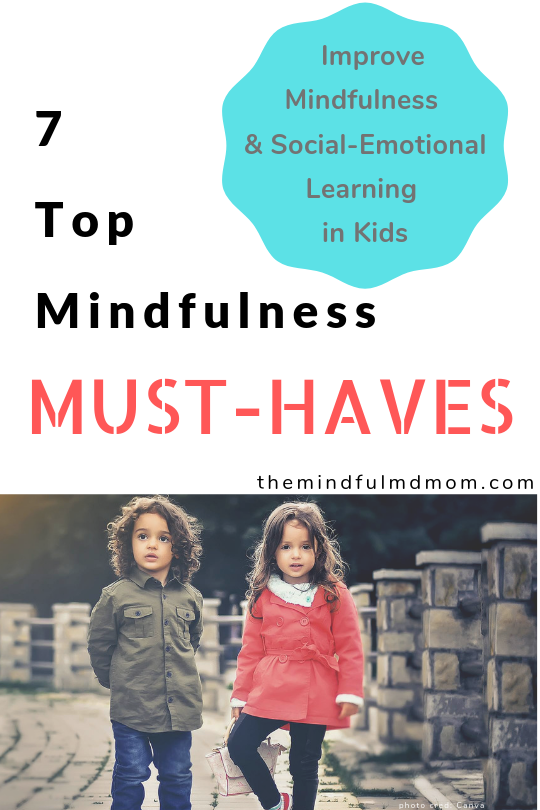
#WeAreGenM #LivingInTheLittleMoments #kindfulkids #themindfulmdmom #doctormomtribe #parents #mindfulness #socialemotionallearning
This post may contain sponsored products and/or affiliate links, which means I may earn a small commission with no extra charge to you if you purchase through my links. See disclosure for more information.
394 - 394Shares
- 394Shares
394
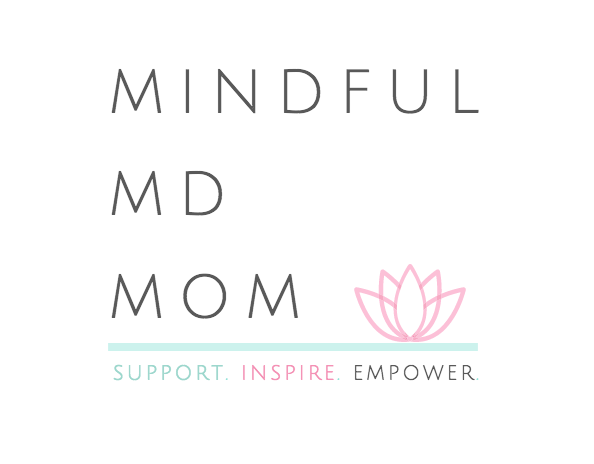
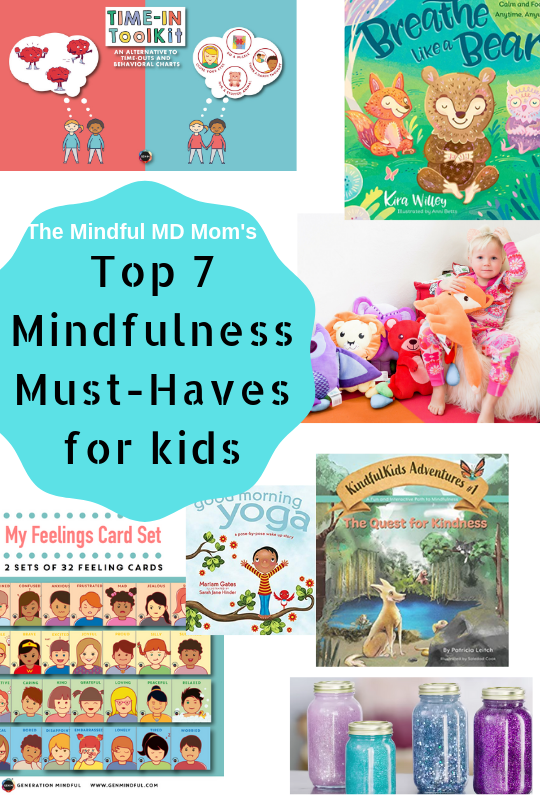
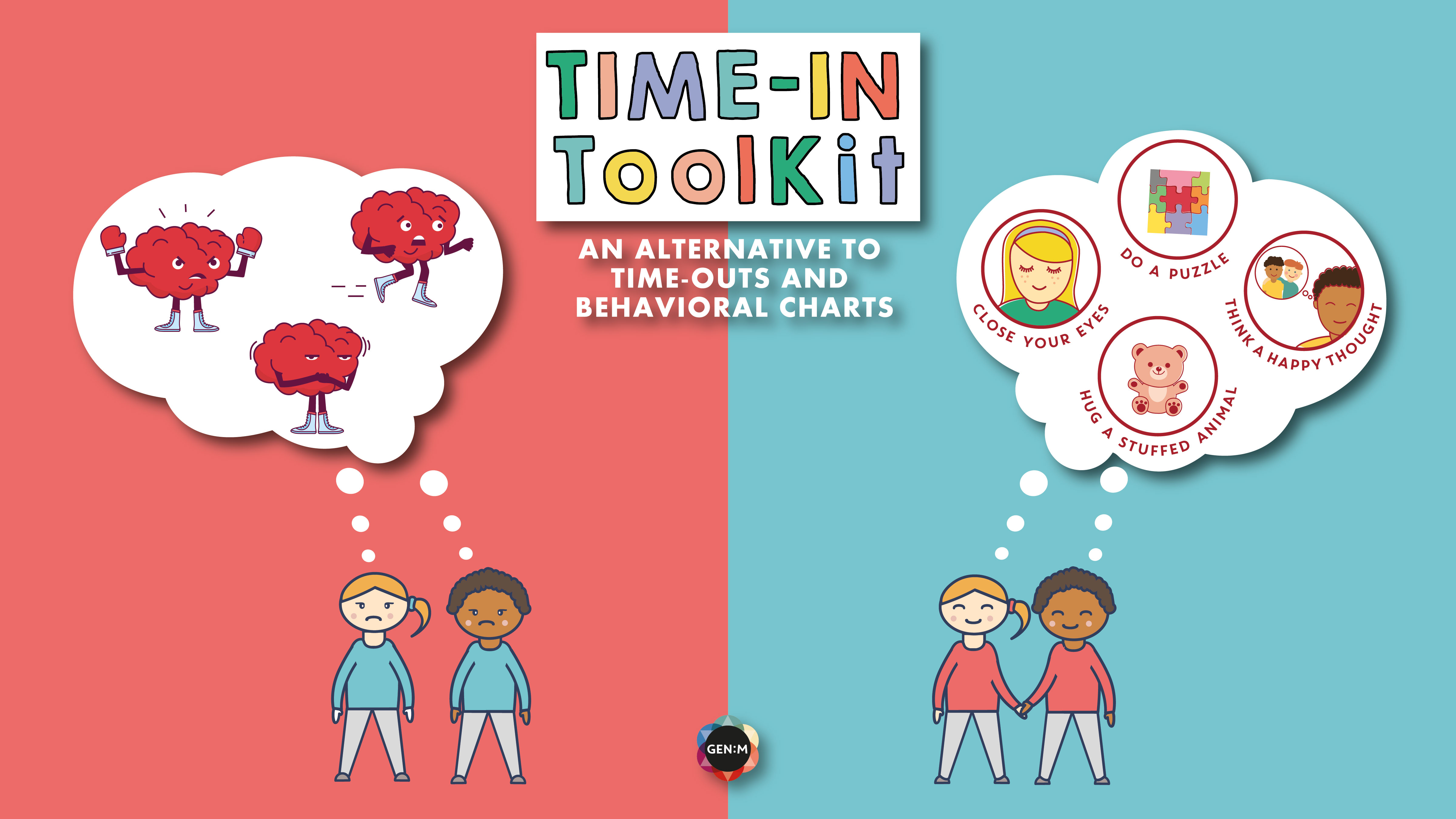
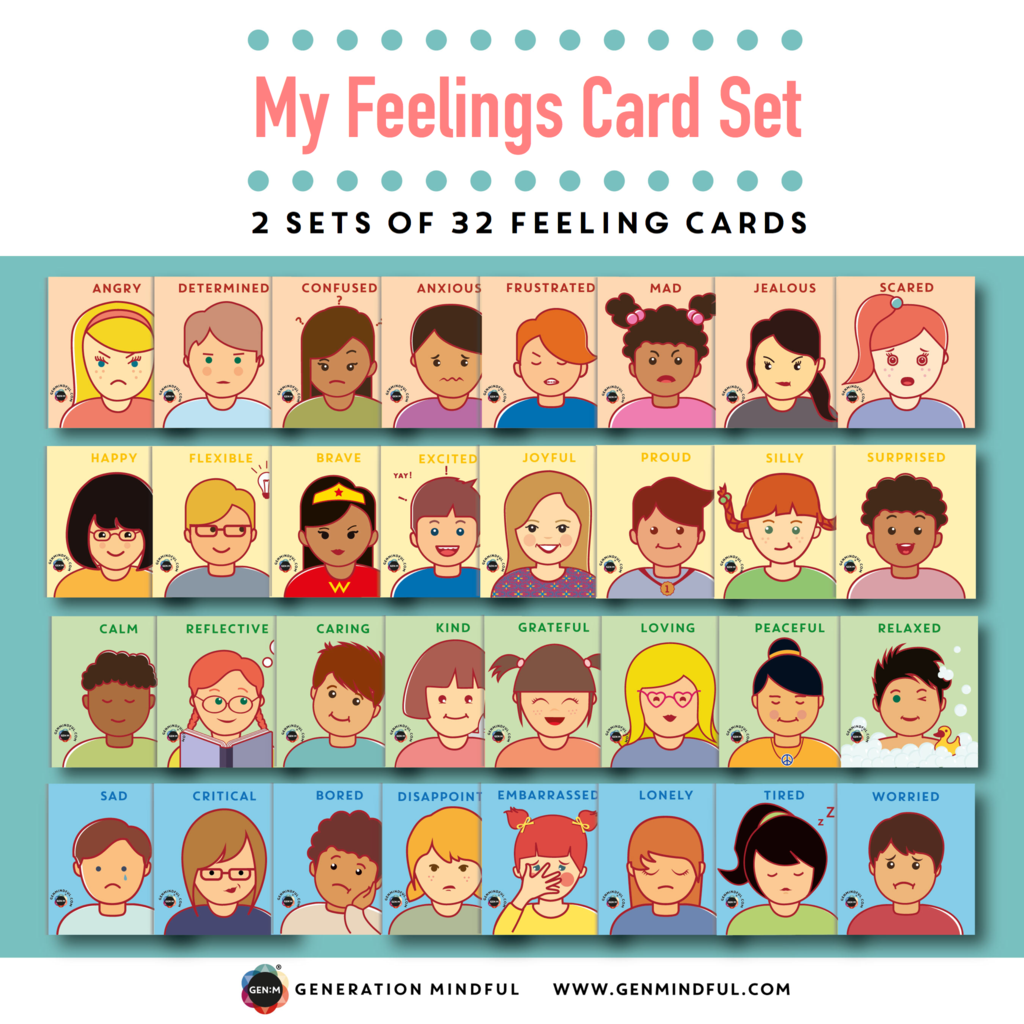

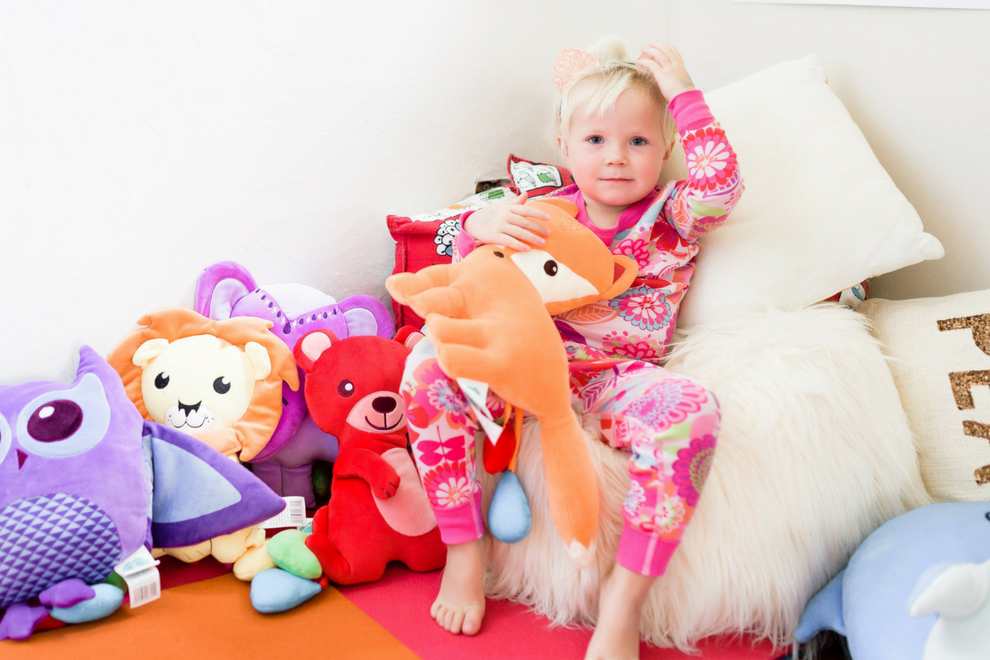

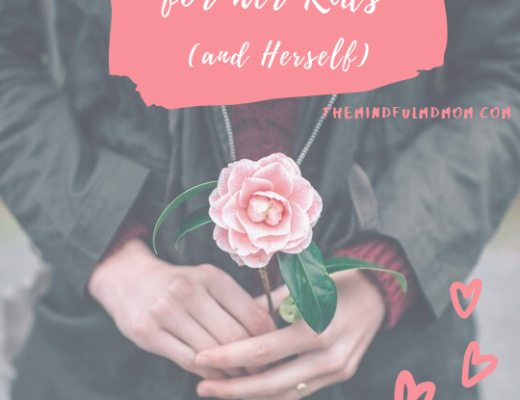
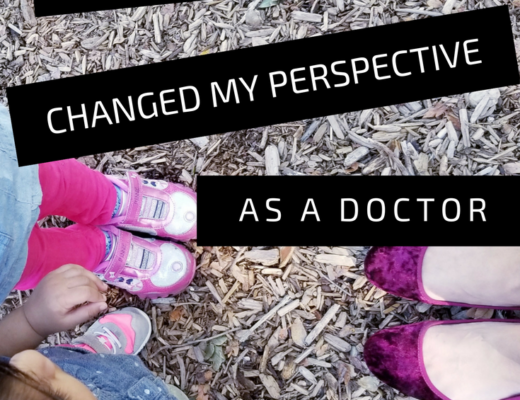
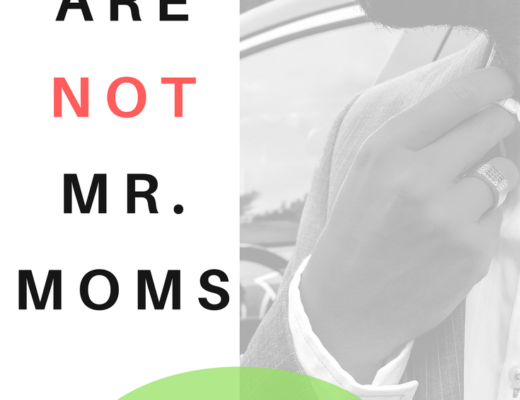
2 Comments
Melissa Welby
May 21, 2019 at 6:39 amThese are great recommendations to use for teaching kids about mindfulness. Love the feelings chart.
themindfulmdmom
May 26, 2019 at 2:53 pmThanks, Melissa!